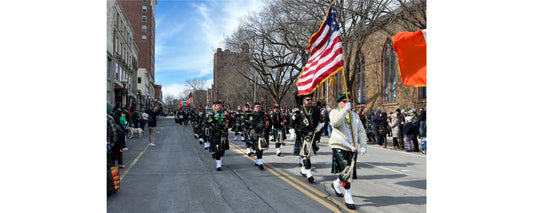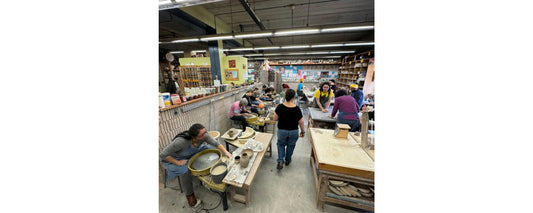The art of bonsai (pronounced “bone-sai”—not “bahn-zai,” the way most of us tend to say it—and literally meaning “plantings in tray”) might seem pretty straightforward. Most people know—perhaps from observing Pat Morita’s character Mr. Miyagi in Karate Kid—that bonsai trees look like miniatures of the regular versions you’d find in nature, are usually kept in small pots and require a certain amount of fussiness: regular, careful pruning and the right amount of sunlight.
Turns out there’s much more to it than that, and the Bonsai Society of Greater New Haven—an educational non-profit established in 1973, which is supported by annual members’ dues and meets on the second Tuesday of most months—is here to help.
sponsored by
“It’s a unique hobby, and a very rewarding hobby,” member Jeff Smith says. Smith recently completed a four-year stint as president of the Society and maintains an impressive collection of trees.
Smith notes that bonsai plants are real trees prevented from reaching natural size (not genetically modified, smaller versions of the originals). The main aesthetic point, I gather, is to make these tiny trees look like authentic examples of their larger brethren, most importantly giving them the aging appearance that attends a normal tree’s growth.
Perfecting one’s bonsai tree can get a little intense for an art that’s so often characterized by its more meditative aspects. Jin, for example, refers to the look created by removing a branch’s bark, then treating the limb—often with lime sulfur—leaving the white, smooth deadwood.
Smith points to the beautiful, tangled roots on his own azalea (growers often choose varieties with naturally small leaves; besides azaleas, juniper, ficus and jade are popular plants) and notes that a root structure displayed above soil level—known as the nebari—is another important bonsai feature. “That’s the money line,” he says, explaining that an impressive nebari makes the plant more valuable; the most striking bonsais can be worth a few hundred, occasionally much more.
Fortunately, you can begin your own bonsai hobby pretty inexpensively (under $50), especially if you’ve already got some gardening tools lying around and don’t mind forgoing more specialized bonsai instruments to start.
Talking supplies at one of the Society’s monthly meeting is an excellent jumping-off point. Held in the carriage house of Edgerton Park on the New Haven-Hamden border, the meetings feature invited guests from all over the country and beyond. The Society also plans other events, like a holiday potluck and an annual show (free and open to the public) of members’ trees, replete with demonstrations of bonsai techniques.
At a recent meeting, Todd Hansen—who runs Sanctuary Bonsai, a nursery in East Hartford—covered a number of subjects: his favorite tree-related books, winterizing bonsais (which do best when kept cool and forced into dormancy in colder months) and new tools and techniques.
Following his remarks is a lively critique of several members’ bonsais; there are complements and helpful suggestions from the crowd. One plant’s wiring (a technique often used to shape limbs) is cutting into its bark and needs immediate attention. Another tree’s soil bed is cluttered with debris.
As much as they seem to enjoy abiding by the “rules,” creativity is an intrinsic part of the process. Hansen displays a yew he’s worked on for years; he recently added reddish accent stones near the roots following a vacation to Colorado, inspired by the landscape there. The colorful stones, he says, are a little out of his comfort zone, but the tree now reminds him of his unforgettable trip.
“This is the fun of bonsai. Go crazy,” he says. “Your boundaries are where your mind stops working.”
Other members agree there is immense fun in the details. Gail Malanson, who joined the group in the 1970s, admits she’s a happy “addict.”
Plus, there is an inherent longevity in this age-old craft. Trees can live a long time. Smith says he’s looking forward to spending many years to come with his own. “When I get old and gray and I’m in a wheelchair,” he says, “I can still do my bonsai.”
Bonsai Society of Greater New Haven
(203) 799-0437
www.angelfire.com/art/bonsaict
Written and photographed by Cara McDonough.








